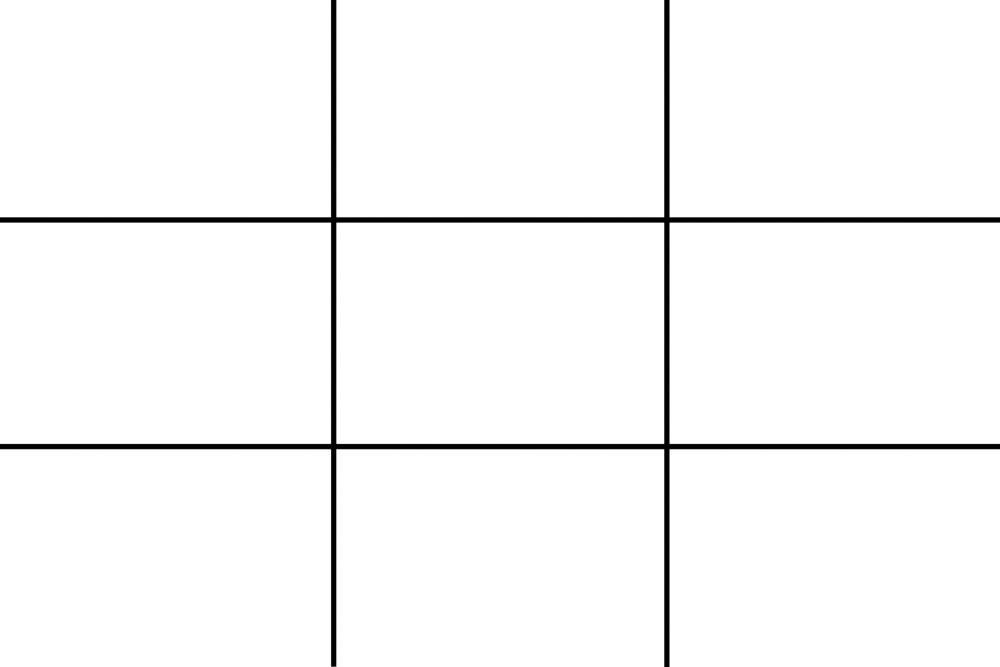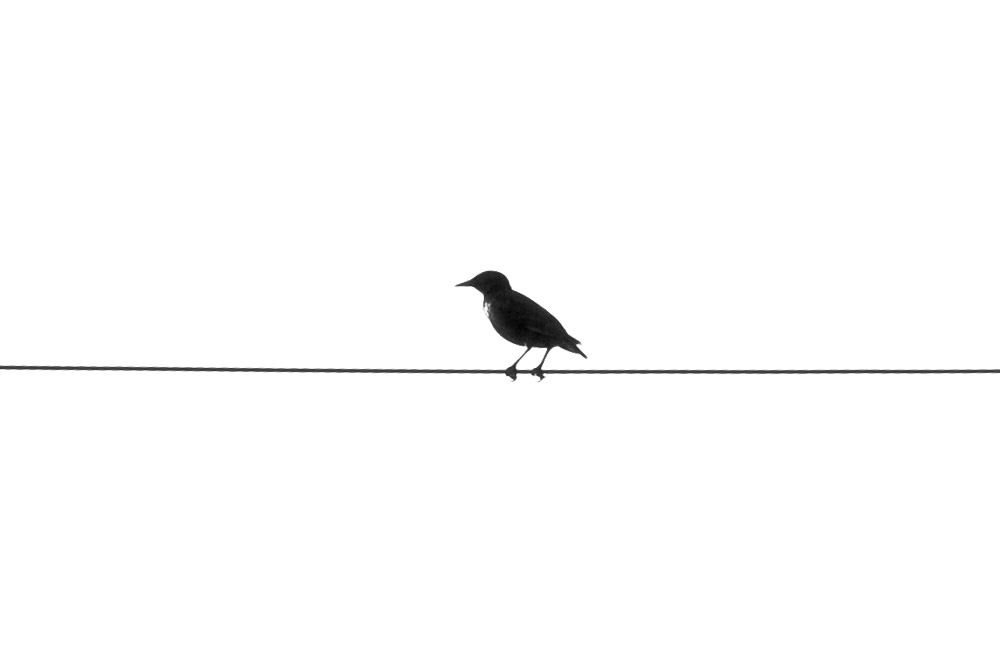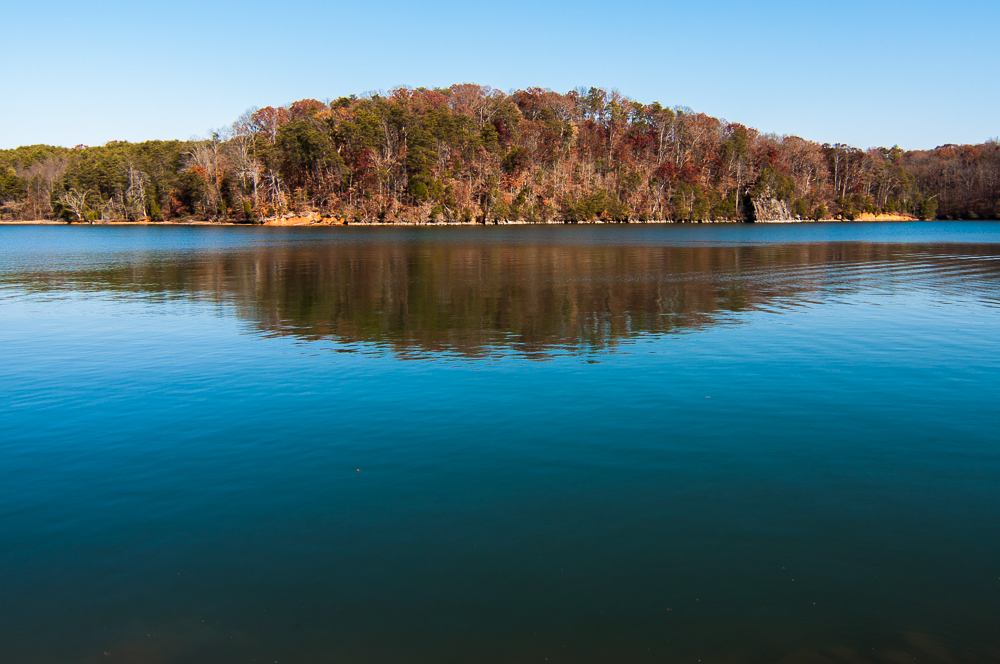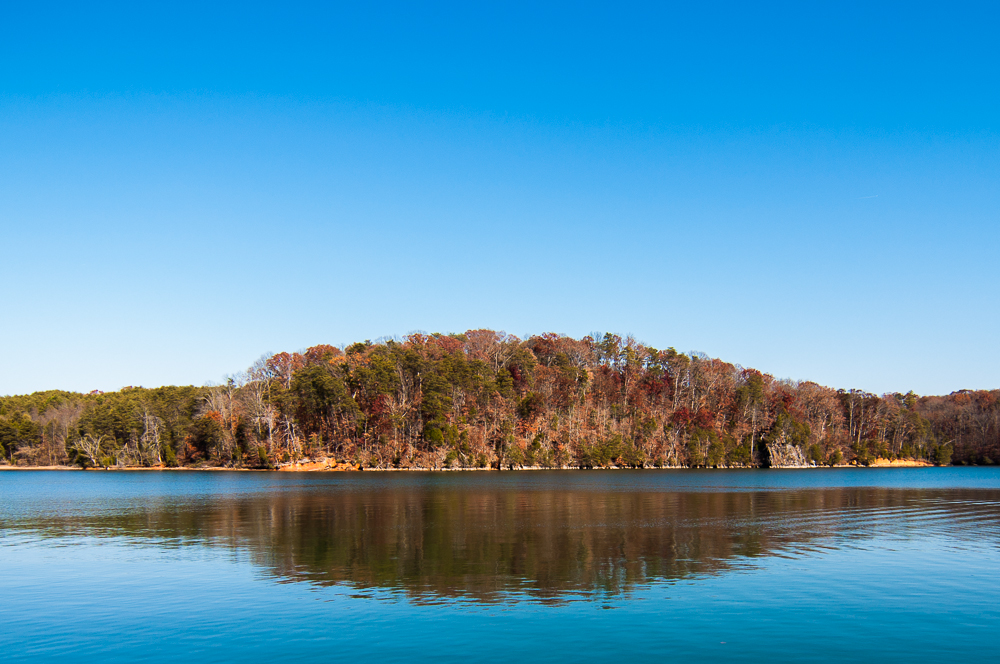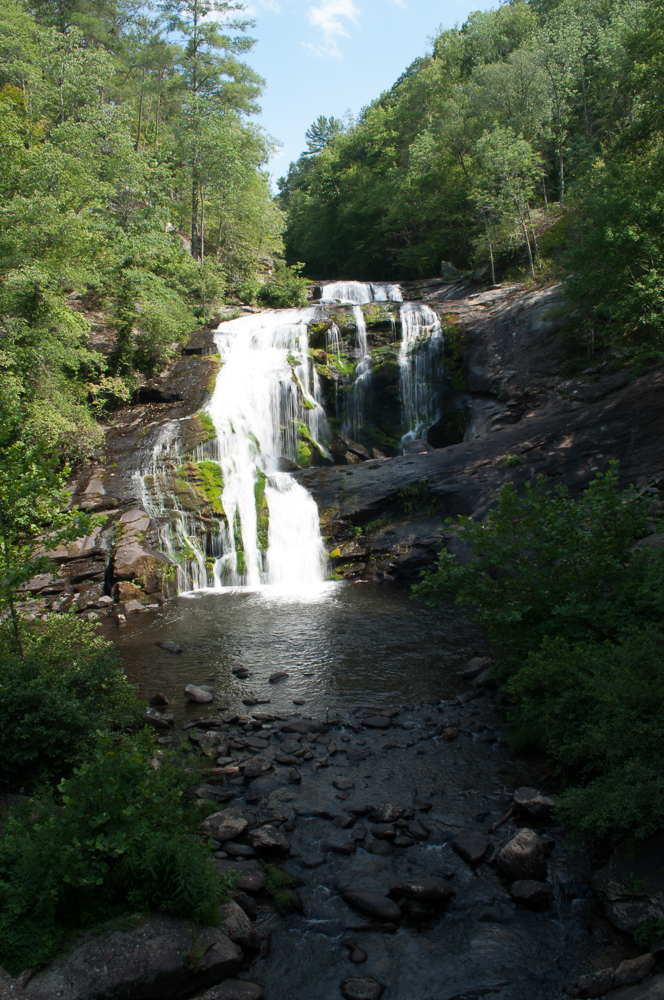In today’s electronic world, almost everyone has access to a camera. Whether it’s your expensive professional DSLR with interchangeable lenses, filters, flashes, and all the other accessories, your “free-with-contract” mobile phone, or any camera in between, we all have one, usually within arms reach.
It’s easy to take that photo, but when we go back to look at them, there’s that moment when you think, “Why did I even take this?” “There’s nothing interesting about this.” “I have hundreds of these types of shots.” Don’t worry, it happens to all of us. It still happens to me.
The question that always comes up is how do I make my photos better?
I’m going to share with you some tips that I’ve come across that have helped me to become a better photographer. But before we go any further, let me first tell you that I am nowhere near a professional photographer. I’m just a person with a passion for a hobby and spend a lot of time researching techniques in either composition of shots or processing the final photograph.
Keep In Mind
One thing that you should keep in mind about photography. Photography is a lot like cooking. It doesn’t matter if you’re using a Cuisinart pot, or a Mainstays (Wal-Mart’s house brand) pot to boil water. You only have to know how to boil the water. The same holds true with photography. It doesn’t matter if you’re using a top of the line Canon or Nikon, or an iPhone to take your photos. It’s knowing how to compose your shot that makes the photo.
I’m not going to promise you that when you get done reading this, and head outside, you’re going to take the most perfect photo the first time you press the shutter button. But I bet you that if you put an effort in and take time to practice, your photography will get better, regardless of the camera you are using.
Tip #1: Use Your Camera
The first and probably most important tip I can give you about getting better photos, is to get out and use your camera. You can read all you want about how different people approach a specific shot, or what a certain feature on your camera can do, but you will not get any better photos, if you don’t get out there and take them.
While using your camera, take a few moments and try to incorporate some of the tips that I’m sharing. Your photos will become better. One thing I’ve noticed in my own photography is that if I’m being rushed, either because of my surroundings or some sort of self-imposed “hurry up”, those shots that I took during that time, typically don’t even make it to post-processing.
Tip #2: Don’t Center Your Subject
The Rule of Thirds. The principle of this, is that in your frame is broken down into thirds (both horizontally and vertically). This in turn gives you a grid of nine parts, as seen below:
The theory of the Rule of Thirds is that if you place points of interest in the intersections or along the lines, you will create a more balanced photograph. This will allow your viewer to interact with the image more naturally. Studies have shown that a viewer’s eyes usually go to the imaginary intersection points of the image more naturally than trying to focus on the center.
|
|
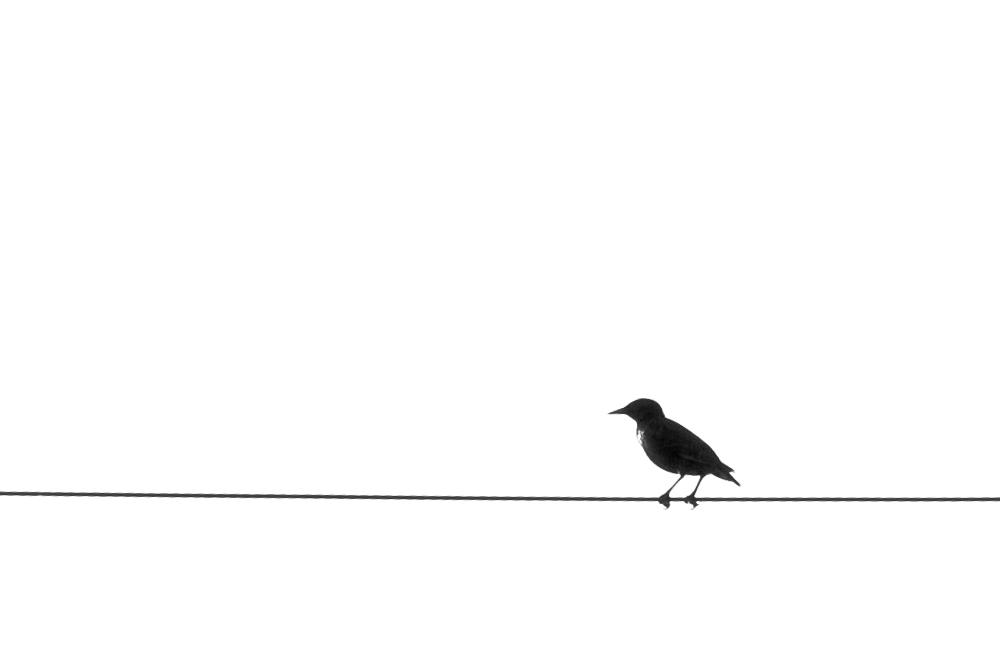 Rule of Thirds – Off centered Rule of Thirds – Off centered |
Tip #3: What’s that “Odd Rule”?
Whenever possible, it’s best to frame your images with an odd number of objects. Generally speaking, odd numbers of objects is better than an even number. Why is that? Well, it’s simple, kind of!. When there is an odd number of objects in the photo, it is harder for your brain to take in an image. When an image has an even number of objects, it’s easy for your brain to group those objects and makes an image a bit boring. When your eyes move through the image, from object to object, your brain has to work a bit harder, which actually translates into a more interesting composition.
Tip #4: Horizon Line
In your photo, what you show above or below the horizon line can make or break a photo. If you have a boring foreground, lower your horizon line accentuate the sky. If you were to center your horizon with a boring foreground, the viewer is going to take notice and not be able to focus on the beauty of the photo, hence “the point of no return”.
The same holds true in the opposite direction. If you have a fascinating foreground and a dull background, raise your horizon line and create a point of interest that your viewer will enjoy. Also, a high horizon will give your photo more depth.
The examples below show how a simple change in the placement of your horizon can change the way an image looks:
Tip# 5: Change your angle
I have an exercise for you to do to illustrate this tip. No matter where you are right now, you are probably in a normal position. Whether it’s at your desk, reading this on your monitor, sitting on the couch relaxed with your laptop or tablet, or wherever you normally do your internet browsing.
First take a look at your immediate surroundings. Notice your drink on the table, your keyboard on the desk, your pen holder, even your dog laying at your feet.
Stand up! (sit down if you were already standing)
Now, look at your surroundings. Things are the same, but they all look a bit different than you are normally used to seeing. There’s a different look to the shadow cast by the drink on the table. the keyboard on your desk looks a little flatter, your dog is probably looking at you differently. Even though things are the same, they are different now.
Do this with your camera. Get high up. Get down low. Get close. Get far away. Things that seem ordinary will now become unique.
Tip #6: Break the Rules
Break the rules? What rules? Well, the tips that I’ve given you are all “rules” that every image that you “ohhh” and “ahhh” at, follow. That’s what makes interesting images, look, well, interesting.
But there is one last rule that you should know about. It’s completely ok to break these rules. If I took every image the same way, they would start to become boring. As a photographer, you have to know how to create interesting captive images, but at the same time, know that these are more suggestions then rules.
Conclusion
As I mentioned at the beginning, these tips probably won’t turn you into the next Trey Ratcliff (check out his work here), but over time, the introduction to these tips will definitely help you make better photographs.
This is the first of I hope many articles that I want to write to help you become a better photographer and these are just a few tips to get you headed on that track. Since I’ve just given you some tips to help you better compose your shots, I think next, we need to take those images from the camera and make them really pop. I’ll share with you some tools that are available (including some free ones) to help you make good photos better.

